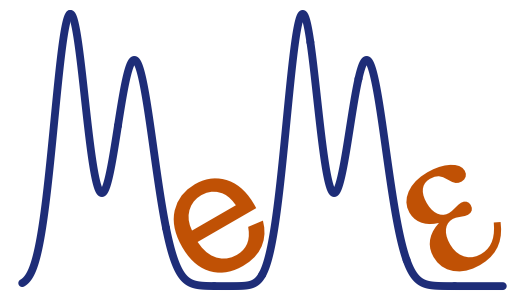The saga of the climate emails just never seems to end, and one of the things that amuses me most is the shock regularly expressed by journalists that scientists occasionally stray from objective and impartial assessments of the work of their rivals. The response from many scientists and science publications has been contrite. Well, I object to this hand wringing. I want to defend the role of the private email in academia, and our right to be indiscreet. A couple of years ago the publication of a contentious paper in a leading ecological journal resulted in a flurry of incredulous emails passing through my inbox:
…have a look at this, the latest ramblings from X…; …knowing the authors there must be a bad statistical error; It might be a good exercise for students to read this and then to list the 100 biggest errors in order of magnitude (although it might be tough to narrow it down to 100…)
A few of us decided to go a step further, and put together a response to the paper in question. The tactics of publication were again discussed frankly:
in the submission letter you could… say that we are extremely surprised that this has made publication given the highly dubious nature of their results; I would just submit it today… as you say, it would be unbelievable if no one else spotted how crap that paper is!
Yes, I admit it. I regularly try to suppress the publication and dissemination of work that I do not rate. Interpret this, if you like, as a shady conspiracy of unscrupulous scientists to undermine the peer-review process and push a specific agenda (probably in cahoots with world leaders and funding bodies). But in fact, I was simply doing what university scientists have done for years: using email to bitch, gossip and whinge when the person with whom I wished to bitch, gossip or whinge happened to be in a different building, city or time zone. I have absolutely no qualms about this, because I am satisfied that any criticism that I choose to place into the public domain, in publications, peer reviews, and so on, will be thoroughly professional and well-reasoned.
Here’s another thing: I use tricks too. Not that I’ve used the word in an email – I was once a student at UEA, so cannot be too careful – but it would be entirely appropriate to do so. In a recent piece of work, we were looking for the perfect ‘trick’ to bring graphical order out of the chaos of 7 million data points, including everything down to the scaling of axes and choice of colour scheme. It is ludicrous to suppose that we shouldn’t manipulate and statistically interrogate complex datasets in order to better reveal patterns. That is a large part of my job. Presumably the realisation that it is easier to deny global warming if time begins in 2001 also dawned following similar private conversations among colleagues. The difference is that I’m comfortable enough with the tricks we used to have documented them all in the R code associated with the paper ( still in press – I’ll blog about the science when it’s finally published!).
I have friends working in government science who won’t write in an email anything they wouldn’t want to see published. Paul Ehrlich recently made the same point, claiming that there is now no such thing as a private email. I just think it would be a damn shame if this attitude spreads throughout academia. As I have previously commented, science requires a thick skin. Sometimes we crack, and take all the criticism personally, and then email offers an outlet for us express to our mates our annoyance and distress, before we take some deep breaths, and get on with the business of being professional and dispassionate about it all.
After all, the forceful criticism of substandard work is essential to the progress of science. Are we not allowed to have a little fun along the way?

